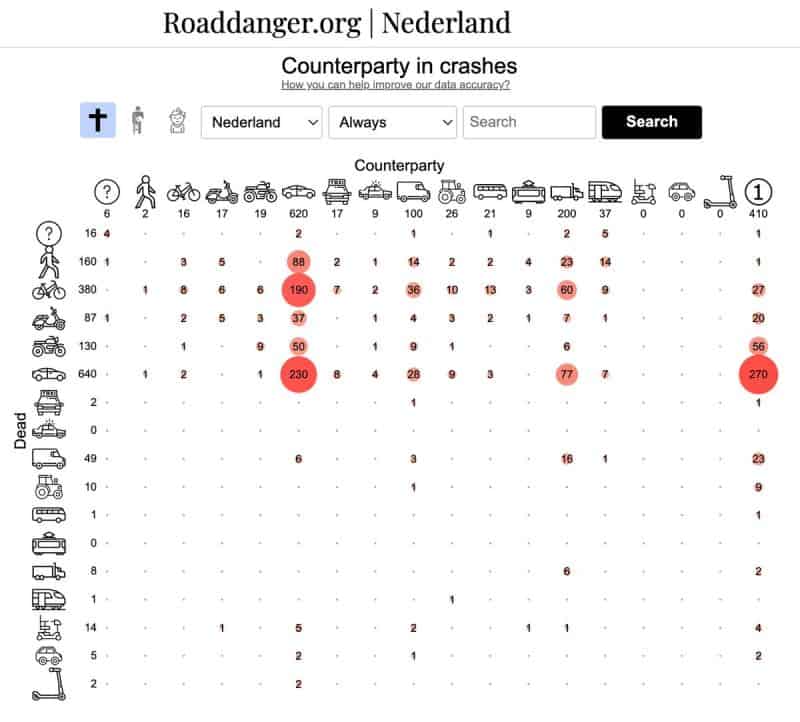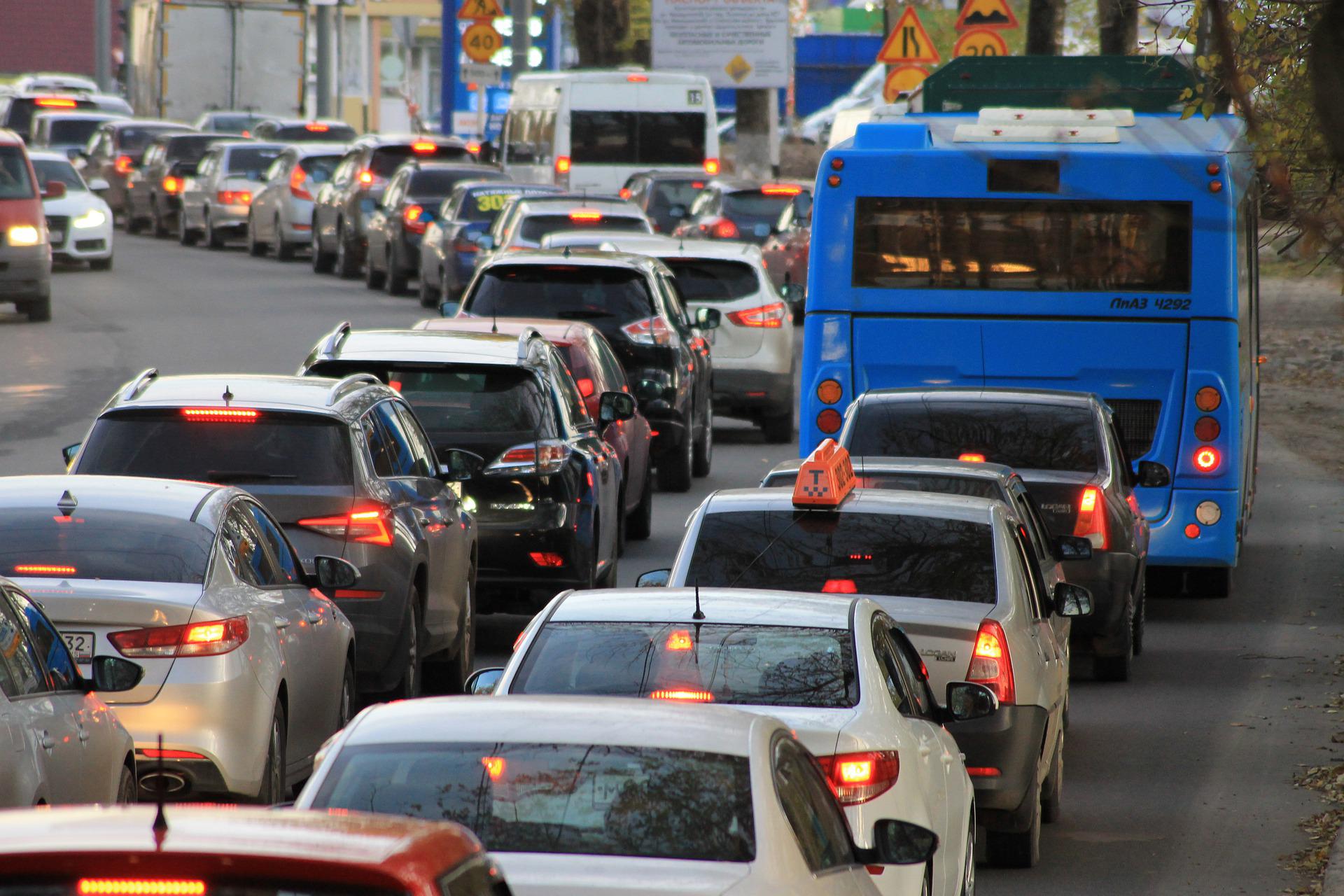
The Netherlands has experienced a concerning increase in road fatalities, with 737 deaths in 2022, up 155 from the previous year. Despite its reputation as a cycling-friendly country, this rise indicates a darker reality. Martin Damen, the director of SWOV, urges politicians and society to prioritize effective measures, even if they are unpopular. Meanwhile, Oslo and Helsinki have achieved remarkable success in traffic safety, with zero cyclist and pedestrian fatalities in 2019. These cities have implemented various strategies, such as reducing car traffic, lowering speed limits, improving infrastructure, and creating safety zones around schools. These changes in infrastructure have yielded tangible results.
In Paris, there is a push to become a 100% cycling city by 2026, with an increased budget of €250 million for the ambitious Paris Plan Velo. The plan aims to reduce motorized traffic and promote cycling, walking, and public transport.
Oslo and Helsinki: Pioneers in traffic safety
Oslo and Helsinki have made impressive strides in traffic safety by focusing on infrastructure improvements and implementing a people-centric approach. In 2019, both cities reached zero pedestrian and cyclist fatalities, demonstrating that the goal of completely safe streets is possible.

One of the key strategies employed by these cities is the reduction of car usage. Oslo has increased tolls by 70% and raised parking charges by 50% in downtown areas. Thousands of parking spaces were removed to accommodate 35 miles of new cycle lanes, and speed limits outside schools were reduced to 30 km/h. Helsinki has lowered speed limits on most residential streets and city centres to 30 km/h, while suburban main streets have a limit of 50 km/h.
Lessons from Scandinavia: infrastructure and mindset shifts
In addition to limiting car usage, Oslo and Helsinki have focused on separating cars from bikes, implementing safer cycling infrastructure, and creating heart zones around schools. The success of these cities lies in the combination of smaller measures that contribute to their overall vision of traffic safety. Moreover, embracing a mindset shift that refuses to accept fatalities as the norm has played a critical role in achieving their goals.
Local residents and businesses have initially expressed resistance to these changes. However, once implemented, most people do not want to return to the previous status quo. This highlights the importance of political will and public awareness in driving the adoption of safer traffic measures.
The Netherlands: falling behind on traffic safety
Despite its reputation as a cycling nation, the Netherlands has witnessed a significant increase in road fatalities. The country is now lagging behind in the development of safe cycling infrastructure due to a lack of focus on improvements made in other countries, like Oslo and Helsinki.

Experts like Martin Damen, the director of SWOV, call for greater political and societal urgency in implementing effective measures, even if they face initial resistance. The Netherlands could learn from the success of Oslo and Helsinki, adopting policies that prioritize pedestrian and cyclist safety, such as reducing car traffic, lowering speed limits, and investing in high-quality cycling infrastructure.
Paris: Aiming for 100% cycling city by 2026
Paris is another city striving to improve its cycling infrastructure, with the ambitious Paris Plan Velo aiming to make the French capital a 100% cycling city by 2026. With an increased budget of €250 million, the plan seeks to reduce motorized traffic and encourage greener transport alternatives, such as cycling, walking, and public transport.
As cities like Oslo, Helsinki, and Paris show, it is possible to make traffic safe for all users by prioritizing effective measures and infrastructure investments. The Netherlands would do well to learn from these examples and apply similar strategies to reverse the concerning trend of increasing road fatalities.

